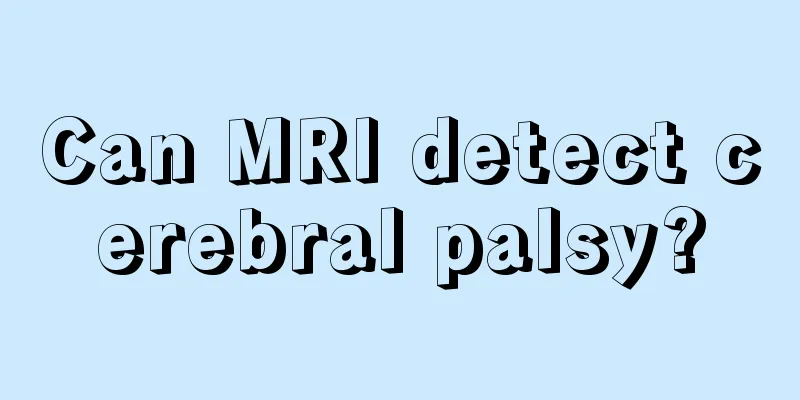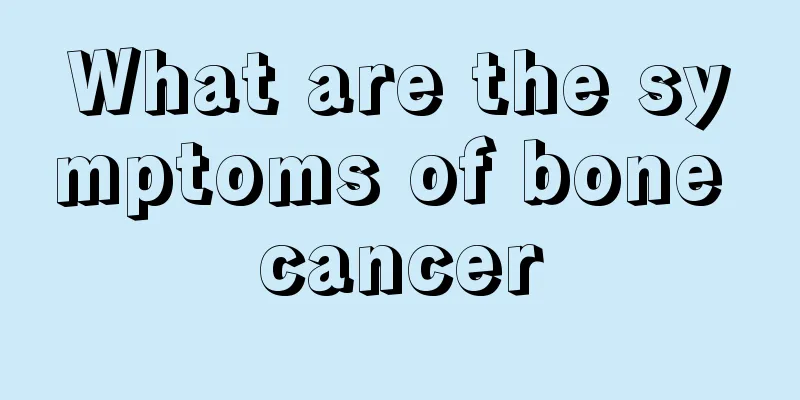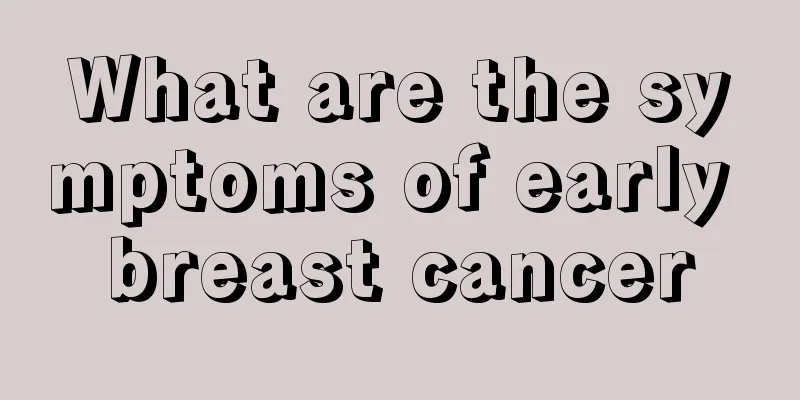Can MRI detect cerebral palsy?

|
Magnetic resonance imaging is a relatively common detection method, which is effective in examining cerebral palsy. If a child shows some symptoms of cerebral palsy after birth, he or she should be examined in time. Various examinations can be performed one month after birth. Generally speaking, MRI is the best and preferred examination method for children with cerebral palsy. It is of great significance for the analysis of the disease and future treatment. Can MRI diagnose cerebral palsy? Relationship between abnormal MRI imaging and cerebral palsy in children with cerebral palsy: Spastic cerebral palsy is mainly characterized by white matter lesions and congenital malformations; Ataxia-type cerebral palsy basically has congenital cerebellar hypoplasia; The MRI findings of dyskinetic, hypotonic, and mixed cerebral palsy are diverse and are accompanied by intellectual disability and speech disorders, which are often seen in diffuse white matter changes and brain atrophy. MRI imaging differs depending on the location of cerebral palsy. Research by foreign scholars has found that spastic quadriplegia is often manifested by periventricular leukomalacia (66%), hemiplegia is mostly unilateral brain damage; spastic quadriplegia is mainly characterized by congenital brain malformations and full-term brain damage, accounting for 42% and 33% respectively, manifested as extensive, bilateral, diffuse brain damage. A 2-year-old girl, axial T2WI showed strip-shaped abnormal signal shadows beside the bilateral lateral ventricles, showing high signal, which was considered to be hypomyelination in the white matter of the bilateral lateral ventricles. A 5-month-old male. Coronal T2WIFLIR scan showed diffuse cerebral atrophy and enlargement of the bilateral lateral and third ventricles, suggesting the possibility of obstructive hydrocephalus. Male, 6 months old, axial T1WI showed strip-shaped abnormal signal in the right basal ganglia, with high signal, which was considered as calcification in the right basal ganglia Male, 2 years and 10 months old, sagittal T1WI showed thinning and small body and splenium of corpus callosum, and dysplasia of corpus callosum. In summary, MRI examination is the preferred method of imaging examination for children with cerebral palsy, and it is of great significance for analyzing the causes of cerebral palsy, guiding diagnosis and treatment, and judging the prognosis. Children with cerebral palsy have a high rate of abnormal MRI findings, and their MRI features are closely related to the child's gestational age, disease type, site of onset, and cause of disease. |
<<: What's wrong with the bald spot on the back of the head
>>: How do I know if I am calcium deficient
Recommend
How harmful is lymphoma
Once lymphoma reaches the level of malignancy, th...
How to treat lung cancer with traditional Chinese medicine
Experts from the Oncology Hospital said that in r...
The chance of complications from pituitary tumors
Pituitary tumor is a benign tumor that occurs in ...
Filling teeth and making crowns
Many people have bad teeth and need a crown when ...
What are the dietary recommendations for three days after thyroid cancer surgery
The diet for three days after thyroid cancer surg...
Will blisters after burns leave scars?
Burns are a common type of injury in daily life. ...
The functions and effects of tung oil
Many people don't know much about tung oil. I...
How do I clean chocolate from my clothes?
In daily life, many people like to eat chocolate,...
What are the methods for conditioning yang deficiency constitution
Each of us has a different physique. Understandin...
What to do with acne? Teach you some tricks to eliminate
In real life, it is very distressing to have acne...
What is Rubella Virus
Rubella virus is a very common acute infectious d...
How to treat cardiac neurosis
Cardiac neurosis can also be called cardiovascula...
What should I do if my waist hurts when I move things?
People always do some labor in their lives, such ...
What does the Department of Critical Care Medicine do?
I believe that many people are very unfamiliar wi...
What is the reason for chest pain due to stress
If we are under a lot of stress, we may also feel...









